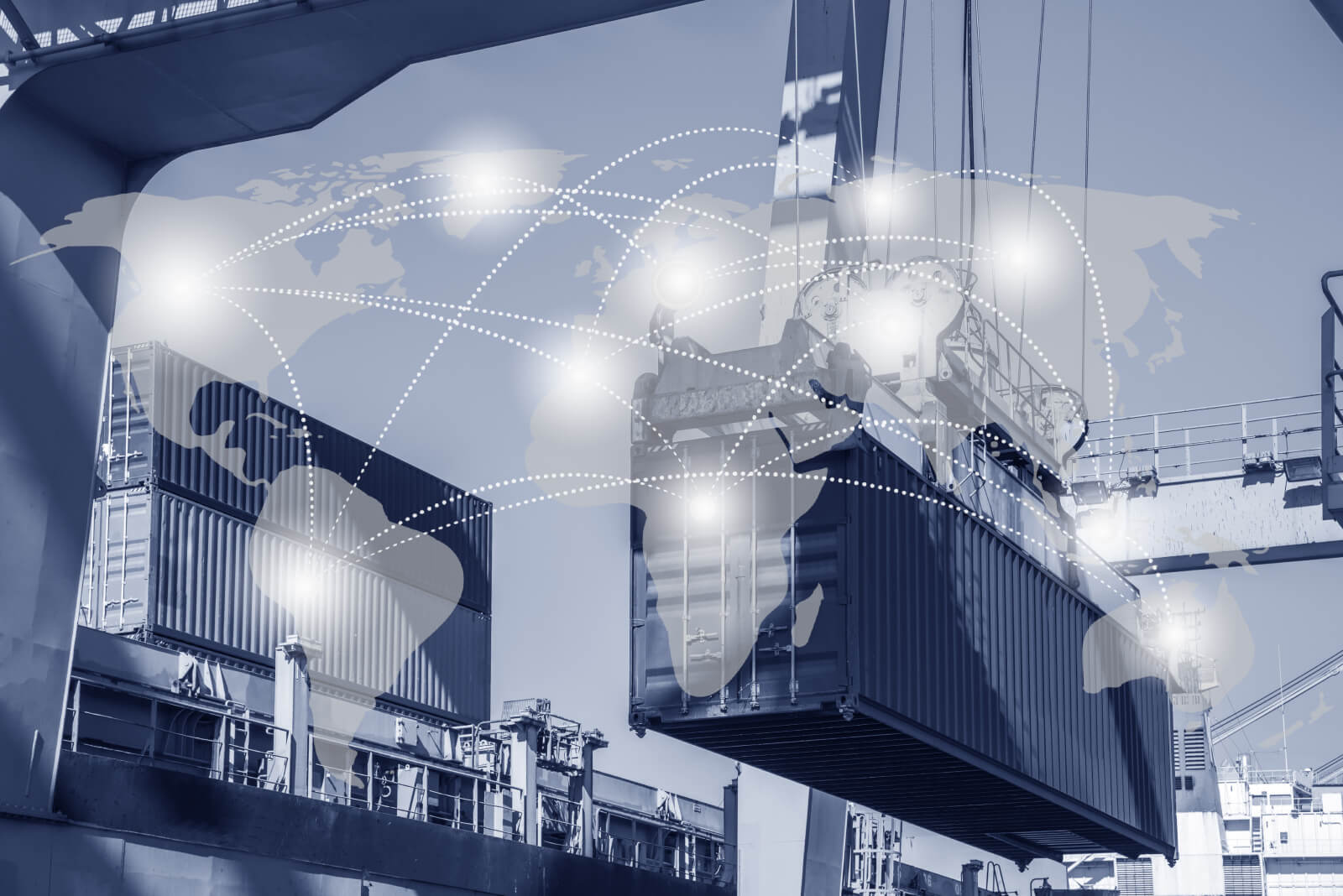
Since last year, when the rush to restock inventory played a factor in surging freight carrier prices, the negotiation pendulum has swung. Freight demand has declined due to persistently high inflation, labor shortages and overstocked shelves.
Leverage has now shifted from carriers to shippers. For a freight broker like C.H. Robinson Worldwide, the slowing growth suggests the market is returning to normal.
“I think we’re all so used to the chaos of the past couple of years, and it kind of feels good but it’s kind of scary,” C.H. Robinson Worldwide Chief Executive Bob Biesterfeld told the Wall Street Journal in August. “We’re not sure if it’s recessionary or if it’s just, we’re getting back to a place of more normal distribution.”
Carrier rates are already tumbling, which contrasts sharply with the massive peaks we saw in recent years. Ocean container rates, for example, are expected to decline 50% this year compared to last year. On the other hand, logistic service providers (LSPs) are in a period of rapid growth. Over the next 10 years, look for total industry growth between 6.5-10%.
With a drop in buying, shipping companies are moving less cargo, which means that shippers are empowered to seek friendlier rates and draw greater value from their negotiations.
Here are four improvements shippers should look for when selecting their next LSP.
Because of the prevalent supply chain disruptions over the last two years, shippers are placing greater value on visibility than ever before. Some are even requiring it in every RFP. They want the up-to-the-minute location of their freight at all times, as well as accurate ETAs. Shippers should look for LSPs leveraging real-time supply chain visibility tools to optimize on-time performance in every way possible.
Make sure your LSP is finding ways to create cost efficiencies. This may include moving your freight using a volume shipment model, which allows you to ship larger volumes of goods at a lower cost. This results, of course, from a reliance on a centralized logistics management platform that can handle all aspects of the LSP, from asset management to cost control. With analytics for demurrage and detention powered by real-time visibility, shippers can view performance trends by carrier, lanes, stops and other areas to identify bottlenecks, cost drivers and other analyses. This can help save on transportation costs and increase customer satisfaction.
Some LSPs are still tracking freight manually, which necessitates pulling track-and-trace data from a carrier website, and inputting it into the customer portal. That method is not scalable or measurable, it’s not cost-effective, and it’s prone to human error. More importantly, many shippers are moving beyond asking “Where’s my truck?” and are demanding to know “Where’s my product? What’s the ETA? Do we have excess inventory anywhere nearby to avoid a stockout?” Without a supply chain intelligence platform in place, LSPs can’t possibly tackle these demands in a cost-effective manner.
Supply chain operations account for up to 90% of a business’s overall emissions – not just carbon dioxide emissions, but particulate matter, nitrous oxide, and other greenhouse gasses customers are being mandated to track and reduce. LSPs play a vital role in a shipper’s sustainability strategy, helping them understand and measure their footprint.
With a baseline for supply chain emissions, the next step is to reduce them — and things like investing in new trucks and alternative energy isn’t a viable, near-term option. Having a full grasp of a network, its patterns, its goals and how it handles certain headwinds or tailwinds are truly the building blocks of generating significant supply chain emissions savings.
For example, one of the most inefficient emitters of carbon dioxide emissions in any network is truck dwell – having a truck sit idle somewhere. For many shippers, this could be happening in your yard right now. Long truck queues, bloated loading times, confused drivers – all are emissions you can measure and take action to reduce. If you bring a solution to the table that helps generate efficiency, you can tie a carbon dioxide coefficient to it and help produce measurable reductions for your shipper customers.
That’s why tools like FourKites’ Sustainability Hub is so important: It gives LSPs visibility into the environmental impact of their supply chain operations by allowing them to identify things like greenhouse gas emissions from freight activity, which lanes have the highest or lowest emissions, how emission levels change over time, and more.
Shipper-carrier negotiations will always ebb and flow with shifting market dynamics. While LSPs are projected to close 2022 on a high note, there is also the possibility that as capacity increases and prices drop, profitability will likely drop accordingly. But LSPs can maintain a competitive edge – check out part two in this series to learn how to do exactly that.
Meanwhile, the reality facing shippers is clear: Now is the time to lock in terms with an LSP that best serves your long-term goals. Curious how real-time visibility can help you make better decisions? We’d love to talk – [email protected]